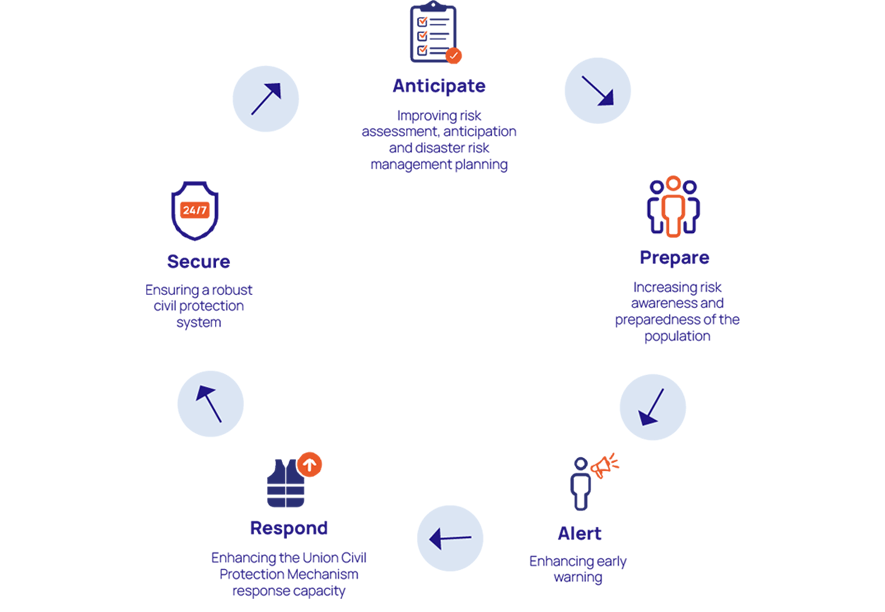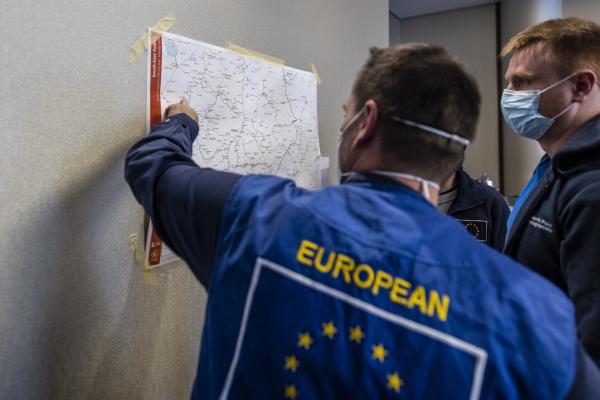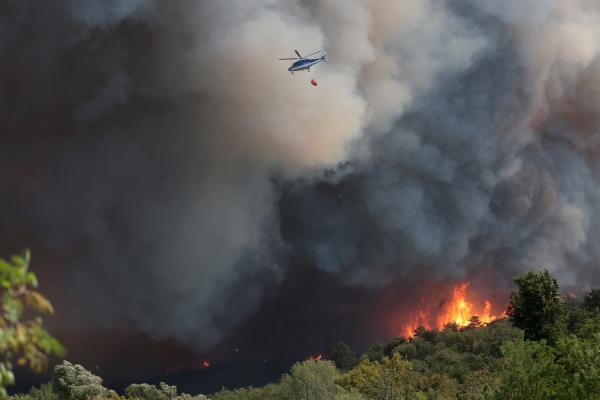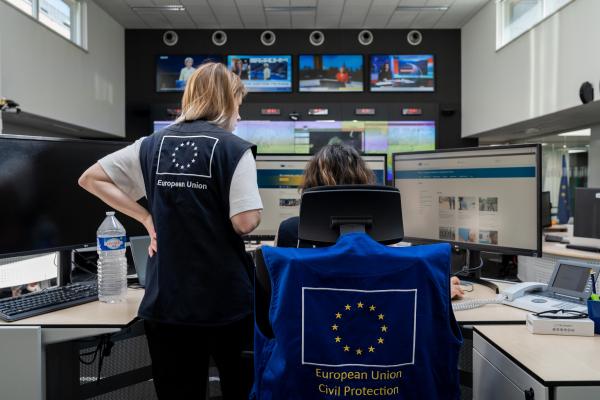The Disaster Resilience Goals
Over recent years, Europe has been confronted by complex and interconnected challenges and threats, both natural and man-made. These range from Russia’s war of aggression against Ukraine, to the ongoing COVID-19 pandemic, and the mounting impacts of the climate crisis, which have aggravated wildfires, heatwaves, and floods.
The consequences of these events are visible across our societies and economies, and national civil protection authorities and the European Union Civil Protection Mechanism are positioned on the frontline of responding to these crises. Based on these current challenges, the Commission must increase Europe’s resilience to disasters now more than ever.
Two things are clear: we must work together as a Union. An EU coordinated response – be it for a pandemic or a war – is stronger than the sum of individual Member States acting alone. Secondly, coordinated response is essential, but not enough. We need to be better prepared to act, before disasters strike.
Against this backdrop, the European Commission, together with Member States, have collectively devised five disaster resilience goals to steer our work in disaster prevention and preparedness, in line with the May 2021 revision of the Union Civil Protection Mechanism legislation.

These are set out in a Commission Recommendation and accompanying Communication. They will point the EU to five strategic areas where Member States and the Commission need to work together in order to strengthen our collective capacity – to withstand future disasters, to protect citizens, and to safeguard livelihoods, as well as the environment.
Presentation of the Union Disaster Resilience Goals

Anticipate

Prepare

Alert

Respond
